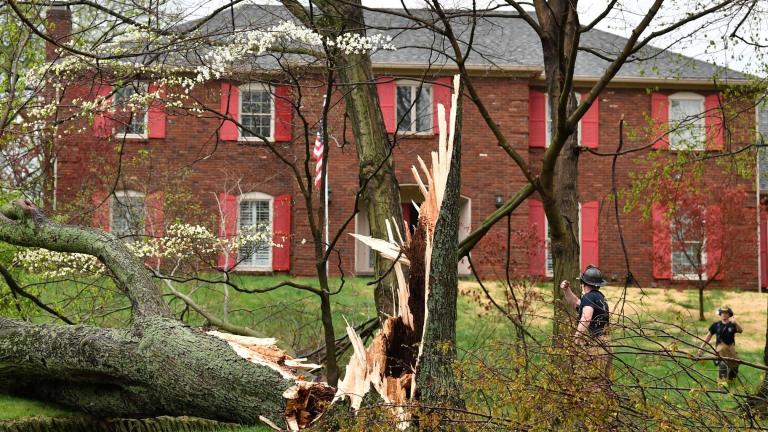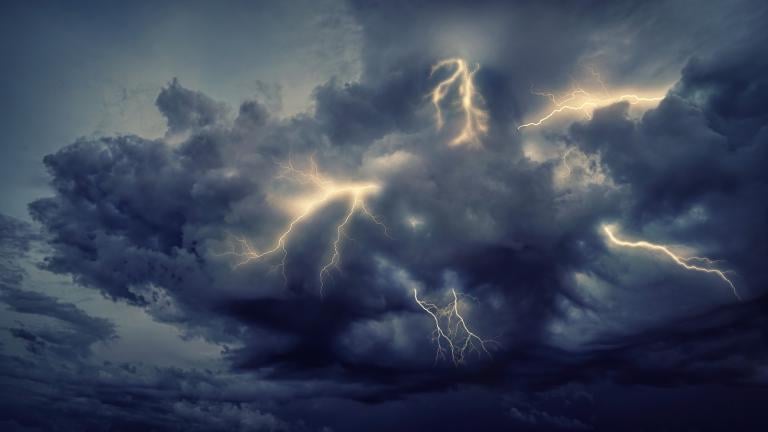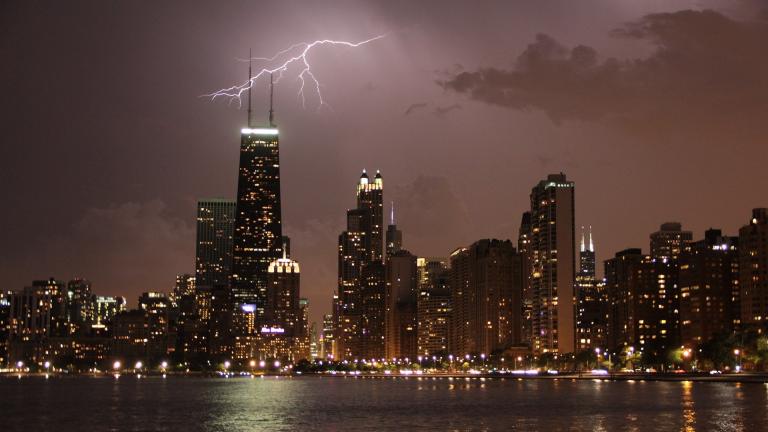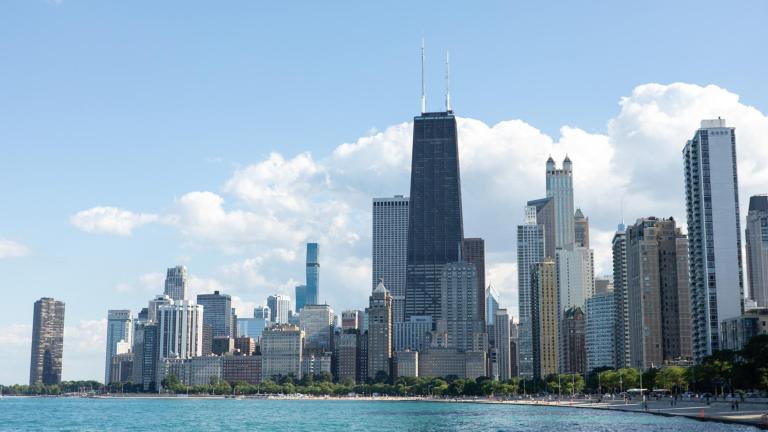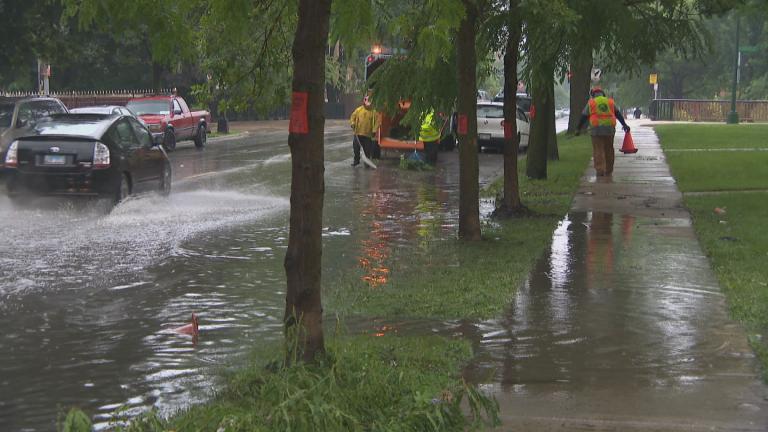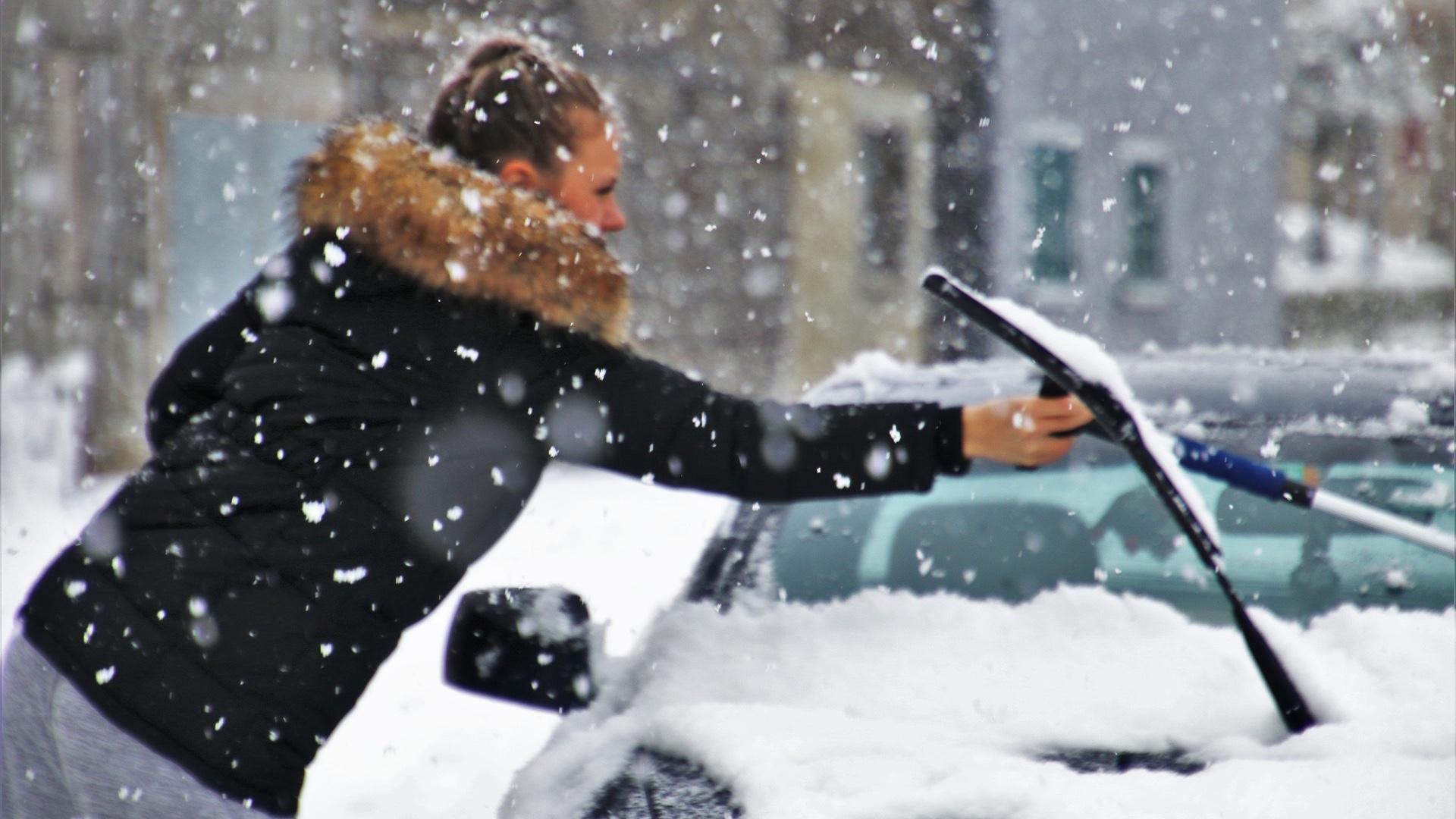 We could be in for some wild weather this winter, meteorologists said. (Pasja1000 / Pixabay)
We could be in for some wild weather this winter, meteorologists said. (Pasja1000 / Pixabay)
Chicago is coming off an uncommonly dry and warm November — the fourth warmest on record — and forecasters are predicting above average temperatures and below average precipitation to similarly hold sway through mid-December.
Then it’s anyone’s guess for what to expect during the heart of winter 2020-21.
During a videoconference call hosted earlier this week by the Chicago office of the National Weather Service, meteorologists said that at the moment, the agency’s Climate Prediction Center is looking at a potential for above average precipitation from January through March, but temperatures are still a toss-up between warmer or colder than normal.
What they do know for certain is that we’re in a La Nina year, which is the cold-phase sibling of El Nino. La Nina occurs when ocean temperatures are cooler than normal, which alters circulation patterns in the atmosphere, meteorologists said.
The result is often increased storminess, and past La Nina winters have lived up to that reputation, delivering some truly wild weather events.
The blizzards of 1999 and 2011, which dumped 21.6 inches and 21.3 inches of snow, respectively, on Chicago, both occurred in La Nina years. Tornados that struck the region in January 2008 and February 2017 were also La Nina’s handiwork, as were a historic heat wave in March 2012, and a record string of days with measurable snow in February 2018.
Contact Patty Wetli: @pattywetli | (773) 509-5623 | [email protected]

